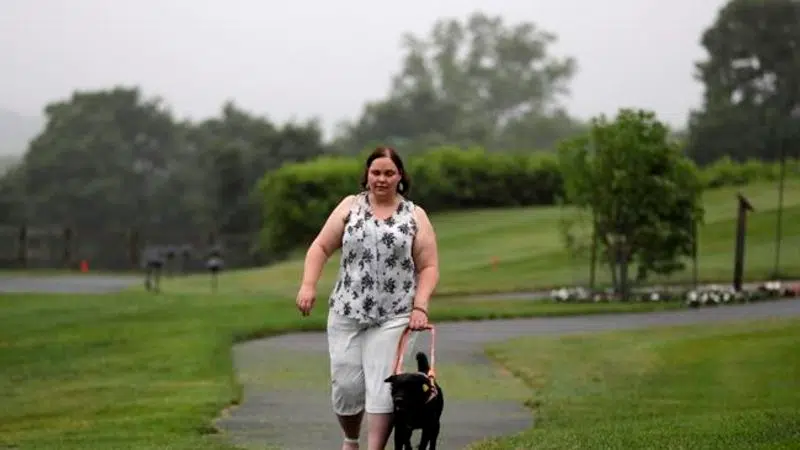
Hello Lucy! A reporter shares the emotional story of bonding with her guide dog
TORONTO — For most people, a blind date is not a life or death matter.
But as I pace around my bedroom, icy hands clenched in pockets, all I can think about is the fact that this one truly is for me.
I’ve done everything right, I assure myself. I filled in all the right forms, hit the gym, and even picked out the appropriate clothes for the occasion.
The first time I went through this process, the encounter set the wheels in motion for a loving relationship that gave me 8.5 years of independence and joy. The second time around, the pairing lasted a decade.

